Quality Doesn’t Have to Leave a Mark

The following article was written was featured in the May/June edition of IMPO Magazine.
Many of us take driving a vehicle for granted. We rarely think about the time and effort that was put into manufacturing the car that we operate, and the processes that have been developed to produce a more efficient and safer vehicle.
Many of these advancements are rewards of more advanced quality control initiatives, and are an integral part of the automotive industry because it ensures additional oversight to help eliminate manufacturing defects. With these advanced quality control processes in mind, it’s not surprising that most people don’t know that something as small as a marker plays a huge role in quality control.
The automotive tier supplier market is one of the largest users of marking for quality control identification in manufacturing. Process and quality improvement systems implemented by manufacturers in the past thirty years require constant human interaction, inspections and approval identifications to support various well-known improvement systems that include:
-Total Quality Management
-Six Sigma
-ISO 9000 Family of Standards
Marking these automotive components helps manufacturers identify the part has been inspected and meets the preset quality standards. However it isn’t uncommon that, for aesthetic purposes, these marks will eventually need to be removed after inspection is completed. Unfortunately, not all markers offer the advantage of an easy removal.
Lasting Quality That’s Meant to be Erased
Despite their name, permanent markers are still able to be removed but generally require grinding or the use of harsh cleaners or solvents. Grinding can damage sensitive parts and many of the chemicals that are required are extremely high in V.O.C.’s or can contribute to serious health concerns. For this reason, many manufacturers are constantly looking for a safer, easier, and faster way to meet QC guidelines and not have marks interfere with the finished product.
For this reason, removable markers are the preferred option for quality control because they leave a mark that dries fast, can be easily removed with water or light detergents, and won’t interfere when parts that are to be electro-coated, primed or painted. Because they are engineered to be removed without leaving a residue or “ghosting”, manufacturers can benefit greatly because marks will not bleed through or interfere once the top paint coat is applied.
With all of the news of vehicle recalls over the past couple of years, consumer satisfaction and brand loyalty are even more important in the automotive industry. The removable markers can easily be overlooked, but they are highly effective in helping manufacturers ensure that their automobile is as dependable as their customers expect.
Choosing the Right Removable Marker
In the world of removable marking, automotive industries may elect to go with one or more of three different products: 1) crayons; 2) inks; and 3) paint pens. These three types of markers offer many distinct advantages and disadvantages, and one may be more ideal for a specific application than another.
Crayons
Crayons are the ideal marking tool to apply on rubber and tires, plastics, and other rougher or possibly dirty surfaces. Compared to other marking products, crayons are often a more economical option and tend to work better on more porous surfaces. However, they are more limited in their color selection and, since the tip size is large, marks tend to not be as fine making it difficult for more detailed marking.
Inks
If dry time is a concern for your operation, ink markers may be the best option for you as they typically dry within seconds. They are relatively inexpensive, have bright and vibrant colors, and are a great option for use on bare metal, glass and other non-porous surfaces. Some ink products can even be removed with water or simple cleaning solutions. Because inks are dye-based, they don’t offer a large color selection and don’t show up well on dark materials, and may leave a ghosted mark on porous surfaces.
Paint Pens
Because their fine tips allow for more detailed marking, a broader assortment of colors for improved coding and tracking, and relatively fast dry time (<1 minute), paint pens tend to be the most commonly used type of removable marker in the automotive industry. There are different formulations of paint pens that allow the user to control how easily they want a mark to be removed. Certain markers can be removed with detergents, while others can be removed simply with water, which eliminates the use of harsh chemicals. For all their positives, paint does have a longer dry time than ink markers, and they tend to be the more expensive marking option of the group, so may deter more economical users.
The Right Tool for the Job
Quality control is a key strategic focus in the automotive industry to retain and gain as many customers as possible, as well as, to reduce costs, waste, and produce a more efficient manufacturing system. While the quality control process can be very detailed and a daunting process for many manufacturers, it is important to remember the integral role that marking plays in the success of a well-grounded program, and using the right products can be a significant advantage.
Manufacturers worldwide have a variety of marking tools to choose from as to what fits their needs the best. Every marking tool has its own advantages and disadvantages. To fully maximize the quality of work, removable marking products offer the best solution to get the job done right.
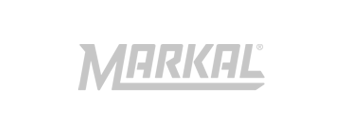
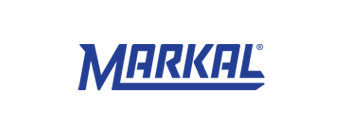
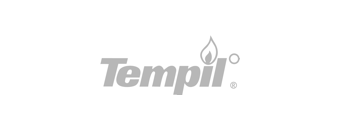
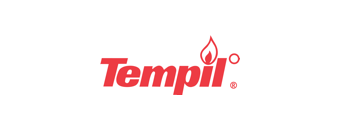

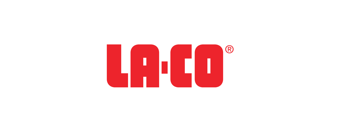

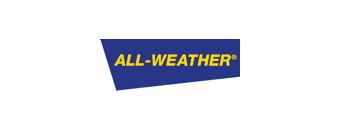











Comments 0